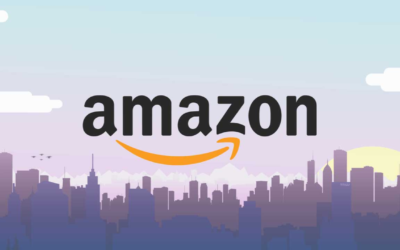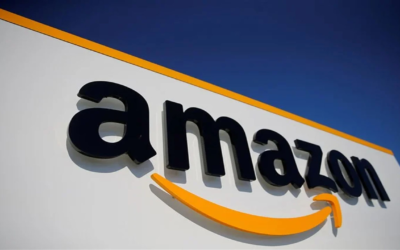As an Amazon FBA seller, one of the most crucial decisions you will make is setting the right price for your products. Price too high, and you risk losing customers to competitors; price too low, and you may miss out on profits. In this article, we will discuss how to create a profitable pricing strategy for Amazon FBA.
Understanding the Factors Affecting Pricing
Before we dive into creating a pricing strategy, it’s important to understand the factors that influence pricing decisions.
Costs
First and foremost, you need to consider your costs. These include the cost of goods sold, shipping, storage fees, and any other expenses related to running your business.
Competitors
You should also take your competitors into account when setting your prices. Research the pricing strategies of your competitors and adjust your prices accordingly.
Demand
The level of demand for your product can also impact your pricing strategy. If your product is in high demand, you may be able to price it higher. On the other hand, if demand is low, you may need to lower your prices to attract customers.
Customer Perception
Finally, consider how customers perceive the value of your product. Are they willing to pay a premium for your product, or do they expect lower prices? Your pricing strategy should align with your customers’ perceptions.
Steps to Creating a Profitable Pricing Strategy
Now that you understand the factors that impact pricing, let’s look at the steps you can take to create a profitable pricing strategy for Amazon FBA.
Step 1: Calculate Your Costs
As mentioned earlier, your costs are a critical factor in setting your prices. You need to calculate your total costs per unit, including the cost of goods sold, shipping, storage fees, and any other expenses. Once you have your total cost per unit, you can use it as a starting point for setting your prices.
Step 2: Research Competitors’ Prices
Research your competitors’ prices to get an idea of the market rates for your product. You can use Amazon’s own search feature or third-party tools like Jungle Scout or Helium 10 to analyze your competitors’ pricing strategies.
Step 3: Set Your Price
Based on your research and costs, you can set your initial price. Consider the demand for your product and how customers perceive its value. You may also want to adjust your price based on the season, sales trends, or other factors.
Step 4: Monitor Your Prices
After setting your initial price, you should monitor how customers react to it. If you’re not getting enough sales, consider lowering your price. If you’re getting too many sales, you may want to raise your price to increase your profits.
Step 5: Adjust as Necessary
Finally, adjust your prices as necessary. You may need to adjust your prices regularly based on market trends, competitors’ strategies, and changes in demand.
Conclusion
Setting the right price for your Amazon FBA products is critical to your success as a seller. By understanding the factors that impact pricing and following the steps outlined in this article, you can create a profitable pricing strategy for your business.
FAQs
- What is the best pricing strategy for Amazon FBA?
- Should I always try to have the lowest price on Amazon?
- How often should I adjust my prices on Amazon?
- Can I raise my prices if my competitors are selling at a lower price?
- What is dynamic pricing, and how can I use it on Amazon FBA?





0 Comments